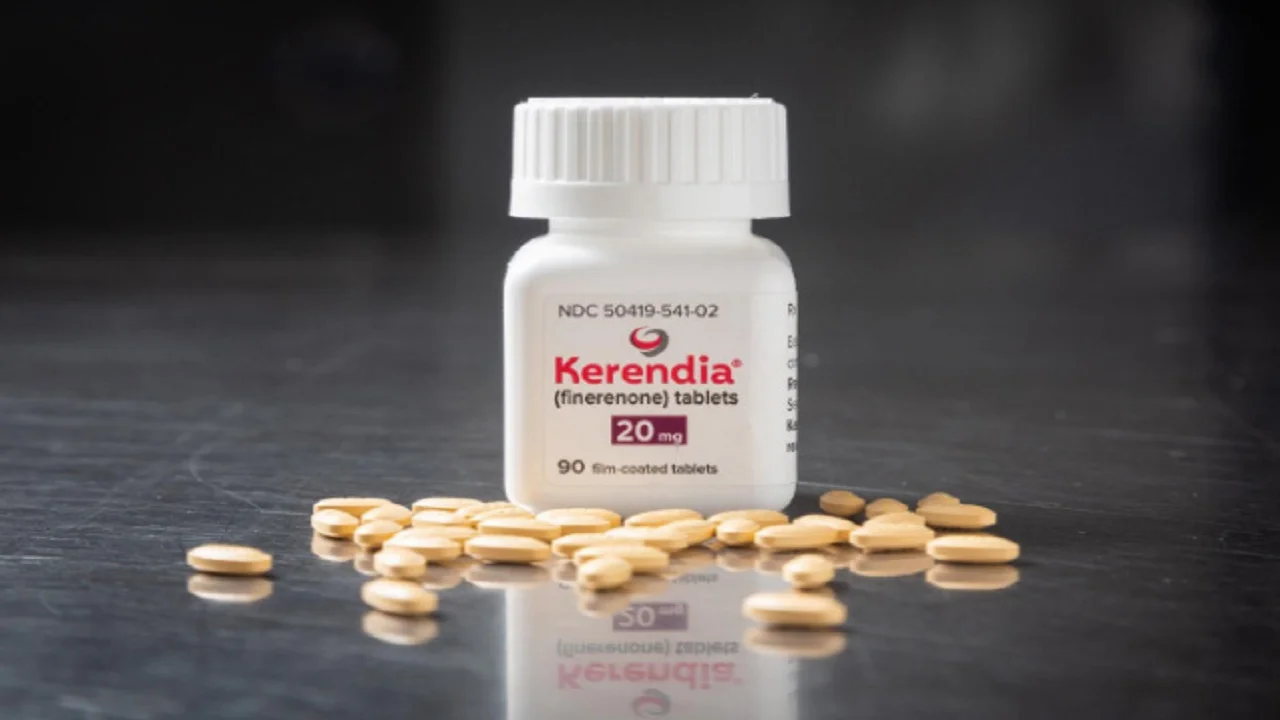
Natural history of Aortic stenosis: Summary
. Stages Of Aortic Stenosis


B. Cardiac stratification of aortic stenosis based on the extent of cardiac damage

C. Natural history of Asymptomatic aortic stenosis
- Patients with mild disease (ie, aortic jet velocity<3 m/sec) unlikely to develop symptoms due to AS over the ensuing five years
2. Though substantial number severe AS are not symptomatic, but patients with asymptomatic severe AS have low event-free survival rates
3. 56-63 % at 2 years and 25-33 % at 4-5 years
4. Of patients with mild valve thickening (e.g., aortic sclerosis), 16% will have valve obstruction at 1 year of follow-up
5. Only 2.5% will develop severe valve obstruction at an average of 8 years after the diagnosis of aortic sclerosis.
6.Once moderate to severe AS is present, prognosis remains excellent so long as the patient remains asymptomatic
7. The strongest predictor of progression to symptoms is the Doppler aortic jet velocity
8. Survival free of symptoms is 84% at 2 years when jet velocity < 3 m/sec and only 21% when jet velocity is > 4 m/sec
9. In adults with severe AS (Doppler velocity >4 m/sec), outcome can be further predicted by magnitude of the Doppler velocity and severity of aortic valve calcification
10. The likelihood of symptom onset increases as AS severity increases
11. Symptom onset occurs within 3 years in
- approximately 50% of patients with an aortic velocity between 4 and 5 m/sec,
- 67% of patients with an aortic velocity between 5.0 and 5.5 m/sec, and
- 89% of patients with an aortic velocity>5.5 m/sec
- Rapid hemodynamic progression –> increase in peak aortic jet velocity more tha 0.3 m/s within one year; event rate 79 % within 2 years
D. Risk stratification in asymptomatic patients
- Rate of symptom onset 1-15 % /year
2. Predictors are older age , male gender , aortic stenosis severity and functional class.
3. Jet velocity
- 8 %/year with less than 3.0m/sec
- 17 %/year with 3-4 m/sec
- 40 %/year with more than 4 m/sec



E. BNP IN AS
- Predicts abnormal BP response to exercise , mortality , earlier symptom onset , higher occurrence of adverse events.
2. Also correlates with AS severity , AVA, Vmax and peak gradient


F. STRESS IMAGING


G. Symptomatic Aortic stenosis
- Once even mild symptoms are present, survival is poor unless outflow obstruction is relieved.
2. Interval from the onset of symptoms to the time of death is approximately
- 2 years in patients with heart failure,
- 3 years in those with syncope, and
- 5 years in those with angina
3. Outlook is poorest when the left ventricle has failed and cardiac output and transvalvular gradient both are low.
4. PARTNER (Placement of Transcatheter Aortic Valves) study
179 patients with AS with heart failure symptoms were assigned to the standard therapy arm
Outcomes were very poor for patients with severe symptomatic AS deemed unsuitable candidates for surgery randomly assigned to medical therapy with a
- 1-year mortality of 50.9% and a
- 2-year mortality of 68%
5. Ben-Dor I et al; Circulation 2010
Observational study of symptomatic AS patients not eligible for a transcatheter aortic valve implantation trial,
274 patients received medical treatment
Mortality was 32% during median follow-up of one year
6. Rate of hemodynamic progression
- annual decrease in aortic valve area of 0.12 cm2/year,
- an increase in aortic jet velocity of 0.32 m/sec/year, and
- Increase in mean gradient of 7 mm Hg/ year

7. Factors associated with more rapid hemodynamic progression
- older age,
- more severe leaflet calcification,
- renal insufficiency,
- hypertension,
- smoking, and
- hyperlipidemia.
- The role of genetic factors remains unclear.
8. COEXISTING CAD
- About 50 % undergoing valve replacment have significant CAD
- Between 20 – 60 % of patients with AS and symptoms have CAD.
- Around 16 % without angina have significant CAD.
9. SURGICAL INTERVENTION AND POST OP OUTCOMES
- Operative mortality 3.2 % for AVR(STS 2002-2006 database)
- 5.6 % with CABG
- Increases in elderly , with renal failure , previous CVA and previous MI
H. LOW FLOW LOW GRADIENT AS



Patients with no LV flow (contractile) reserve (Group II) defined as <20% increase in stroke volume during DSE have markedly reduced survival compared with those with LV flow reserve (Group I), regardless of the type of treatment. Aortic valve replacement is associated with dramatic improvement in survival in patients with LV flow reserve and a trend for better survival in those with no flow reserve
I. PARADOXICAL LF-LG AS
- Paradoxical LF-LG AS despite normal LVEF is a recently described entity that has been shown to be associated with a more advanced stage of the disease and worse prognosis.
2. Hence, it must be properly identified, and in particular, it must be differentiated from other confounding situations, including measurement errors, small body size, and discrepancies due to the inherent inconsistencies in the guideline criteria.
3. A class IIa recommendation for AVR in the patients with paradoxical LF-LG and evidence of severe AS is however included in the recent ESC/EACTS guidelines
4. Accordingly, previous studies reported that the referral rate for surgery is 40% to 50% lower in patients with paradoxical LF-LG severe AS than in patients with normal flow severe AS
5. However, these patients clearly have a better prognosis if treated surgically, although they could theoretically be at higher operative risk given their myocardial impairment and their increased risk of having patient–prosthesis mismatch due to their small LV cavity.







